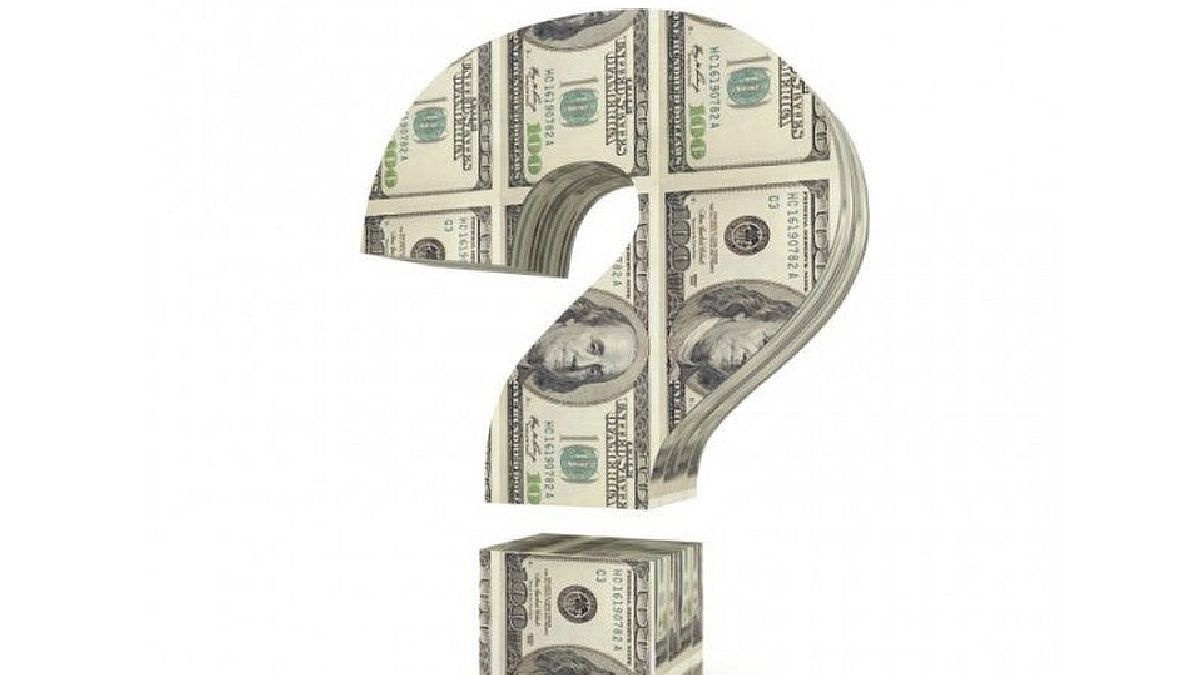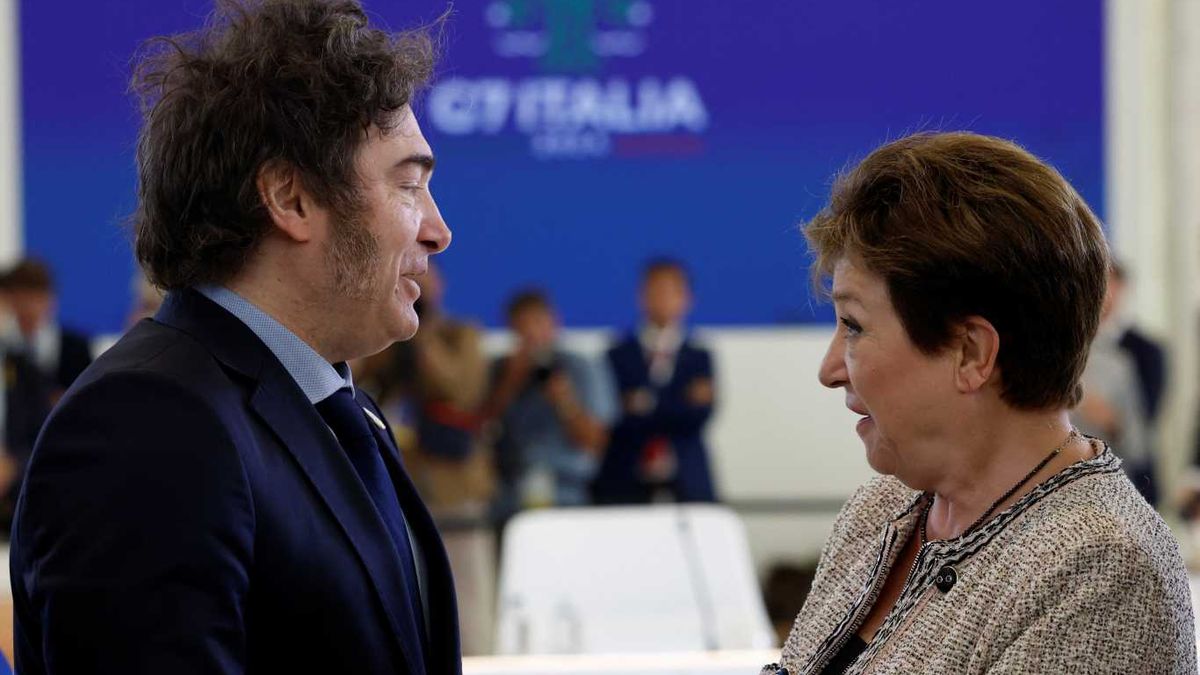Regarding the exchange rate gap, it is around 80% if the CCL exchange rate is taken compared to the official wholesale dollar. It is a high level of gap and one that is worrying. It is true that it has been at those levels for a long time, but this does not mean that the situation is not complicated. Let us remember that a year ago the parallel dollars had increased and the BCRA intervened strongly to lower them because the gap had exceeded 100%, showing strong concern that the gap would grow even more. Although it is true that the elections are close and that the BCRA will surely be able to maintain the exchange rate without large jumps until then, it is also true that the day after the elections exists and that the challenges in the exchange market are enormous.
On the other hand, net international reserves are around US$7.500 Millones, which represents a fairly low level. All this with the aggravating circumstance that, if the SDRs and gold are discounted, the BCRA would be counting on only US $ 1,000 Million freely available. That is, this last amount is the true fire power that the entity commanded by Michelangelo Pesce to meet the excessive demand for dollars in the foreign exchange market. Beyond the fact that the BCRA was able to buy some reserves in the last few days, the situation is worrying.
Dollar Question.jpg
Sectorial
Finally, another determining factor when devaluations occur is to assess whether there is a exchange delay. This analysis is never easy. Whether or not there is a large exchange rate delay can be debated. What is clear is that, from March onwards, the BCRA adopted a change of strategy in exchange rate policy that does imply a delay in the exchange rate. Until February of this year, the BCRA devalued the exchange rate at the rate of inflation. However, as of March, the exchange rate began to move below the price level. Consequently, at a minimum, an exchange delay is being fed.
In conclusion, the variables that are linked to a potential devaluation set off alarms. The exchange rate gap is high, net international reserves are at very low levels and, since March, an exchange delay has been fed that does not contribute to the situation. The government will have to generate a confidence blow if it wants to avoid a devaluation as mentioned by Minister Guzmán. This would imply a successful agreement with the IMF, always remembering that an agreement is a necessary, but not sufficient, condition to improve Argentina’s deteriorating macroeconomy.
Chief Economist of the Fundación Libertad y Progreso.




